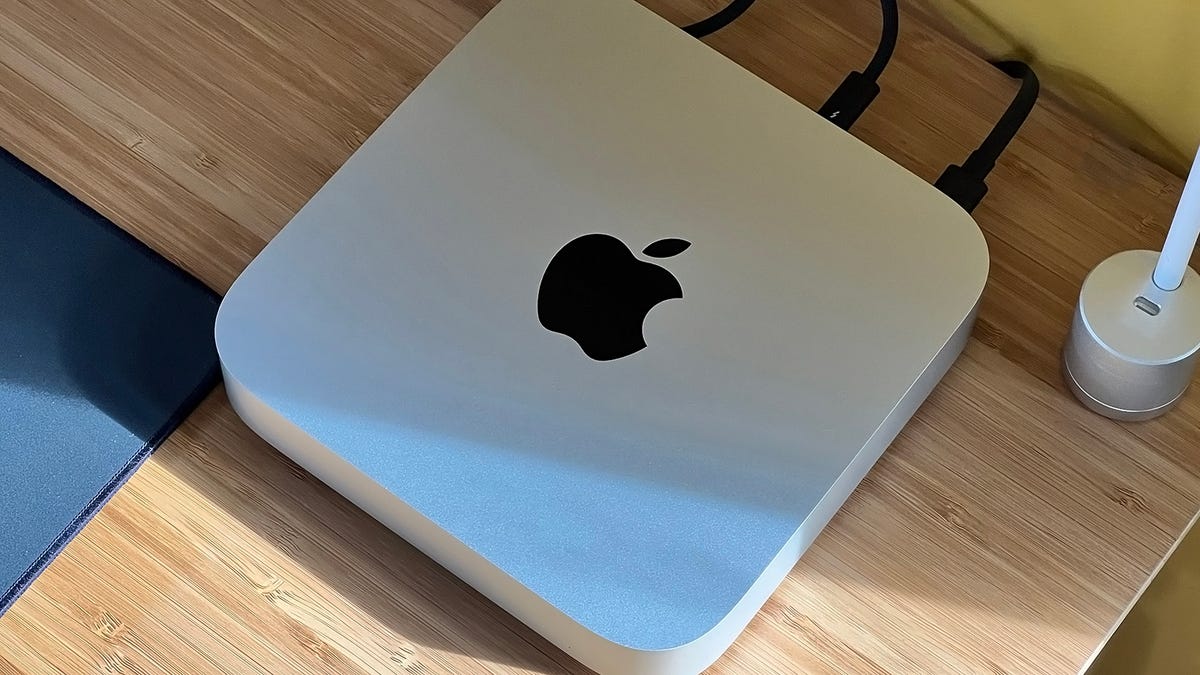
Google Gmail alert (Image: GETTY)
It's no secret that scams continue to be a major issue for everyone. Latest stats from the FBI show that online threats raked in over £12 billion last year, with cyber attacks rising by a whopping 33 percent. With crooks using increasingly sophisticated methods to steal personal data, now is a good time to increase your security and consider moving away from traditional passwords.
Millions of us continue to use ludicrously easy codes that are simply far too easy to crack. It's especially concerning if your Gmail or Google account details fall into the wrong hands, as criminals can then use this data to access other online services.
To help prevent cyber attacks and keep users safe online, Google is now urging users to ditch their old-fashioned passwords and move to more secure technologies such as Sign in with Google and passkeys.
These methods allow you to have fewer passwords that can be cracked along with offering ways to log in using fingerprint and facial recognition.
Although this technology is nothing new, it's thought that over 60 percent of Gen X and Baby Boomers still use basic passwords as their primary sign-in method. Google says that despite many being familiar with newer, more convenient methods, only about 30 percent use them daily, showing a reluctance to move away from legacy methods.
In contrast, more digitally-native Gen Z users are bypassing outdated security norms like passwords, opting for more advanced authentication tools.
Google shares the evolution of their Gmail app
"We want to move beyond passwords altogether, while keeping sign-ins as easy as possible, so we strongly encourage using modern methods like Sign in with Google and passkeys, which can be stored in and synced across your devices with Google Password Manager," Google's Evan Kotsovinos explained.
"Passkeys are phishing-resistant and can log you in simply with the method you use to unlock your device (like your fingerprint or face ID) — no password required. And when you pair the ease and safety of passkeys with your Google Account, you can then use Sign in with Google to log in to your favourite websites and apps — limiting the number of accounts you have to maintain. Gen Z’s embrace of these tools actually represents a big step forward for collective security."
Invalid email
We use your sign-up to provide content in ways you've consented to and to improve our understanding of you. This may include adverts from us and 3rd parties based on our understanding. You can unsubscribe at any time. Read our Privacy Policy
If that all sounds way too technical and you'd still rather use a password, it's a good idea to make sure you have 2-Step Verification (2SV) enabled.
This means you won't be able to log into things such as Gmail unless a code is sent to another device you own. So, when you try and access your messages from a PC, a code will be sent to your smartphone.
"For people who still prefer passwords, we have tools like 2-Step Verification (2SV), the Google Authenticator App and Google Password Manager — that provide a second line of defense so that a password alone can’t empower a bad actor," Kotsovinos added.
Cyber threats are not going away, and if you don't want to become the next victim, then it's a good idea to follow this advice and switch away from passwords or add an extra layer of security.
How to switch on passkeys
As Google explains, "Passkeys are a simple and secure alternative to passwords. With a passkey, you can sign in to your Google Account with your fingerprint, face scan, or phone screen lock, like a PIN."
To enable passkeys for your Google Account, simply navigate to your Google Account settings, select "Security," then "How you sign in to Google," and finally, "Passkeys and security keys."
From there, you can choose to create a new passkey, which will involve verifying your identity and linking it to your device.








 English (US) ·
English (US) ·